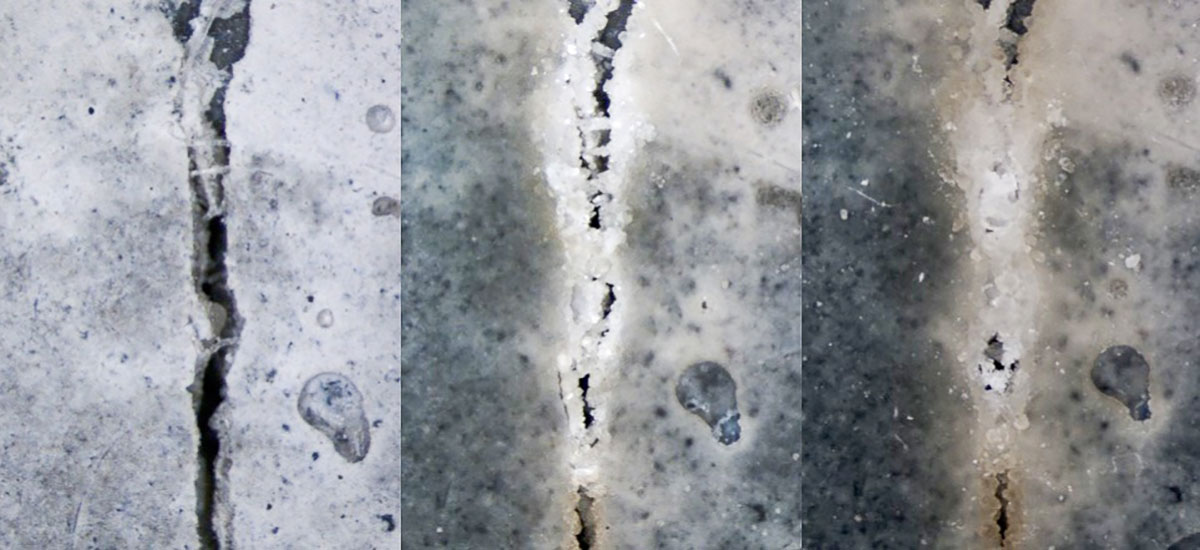Since concrete was invented in the 19th century, its use, reinforced with steel bars, has been the mainstay of building design, architecture and construction. However, a great deal of research is being carried out around the world with the aim of discovering more efficient and/or environmentally friendly building materials. Among these, today we highlight the research of microbiologist Erik Schlangen, conducted at the Technical University of Delft in the Netherlands.
In his research, Schlangen added bacteria of the Bacillus genus to the composition of concrete. Bacillus bacteria are capable of surviving up to 200 years without food and oxygen, which makes them highly resistant to the passage of time. In addition, when they come into contact with water, they produce calcite, so that, with this material, they are able to close small cracks that open in the concrete. In this way, Schlangen succeeded in making the new material, which can be called bio-concrete, self-repairing.
However, for cracks more than 8 millimetres thick, external repair of the concrete is unavoidable. However, the fact that it can seal cracks of up to 8 millimetres by itself is a very important quality, especially in large infrastructures. If these are exposed to moisture or in direct contact with water, the use of bio-concrete will considerably reduce their maintenance. This is precisely the case of leisure and tourism complexes in general, and water parks in particular, whose design and construction is carried out by Amusement Logic.

After all, the self-sealing of small cracks closes the outer face of the concrete and protects the inside of the concrete and the steel reinforcement from external agents. This extends the service life of structures built with bio-concrete. At the same time, its widespread use would reduce pollution from the overall production of concrete. Schlangen’s research efforts are now focusing on its manufacturing process, with the aim of bringing it closer to the lower cost of conventional generic concrete. Hopefully we will soon be able to use it in the construction of large infrastructures, including water parks.
By Guillermo Ferrer, Senior Architect in the Architecture Department of Amusement Logic






